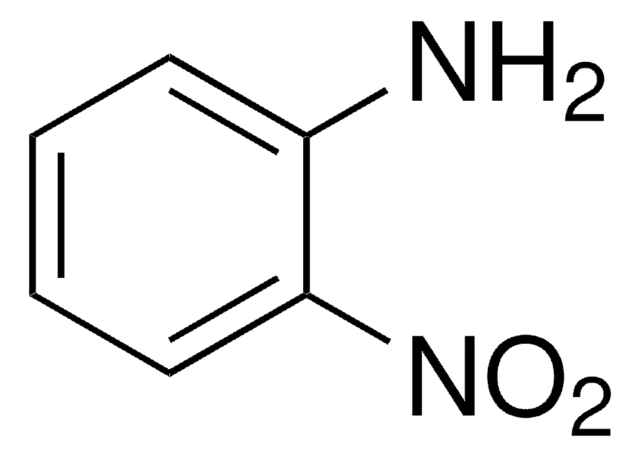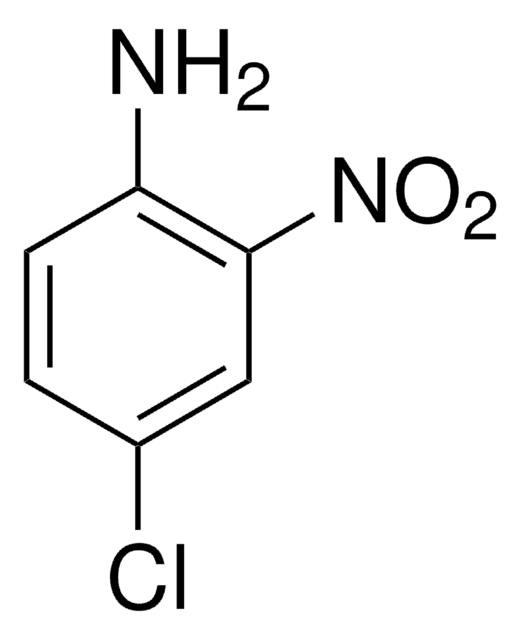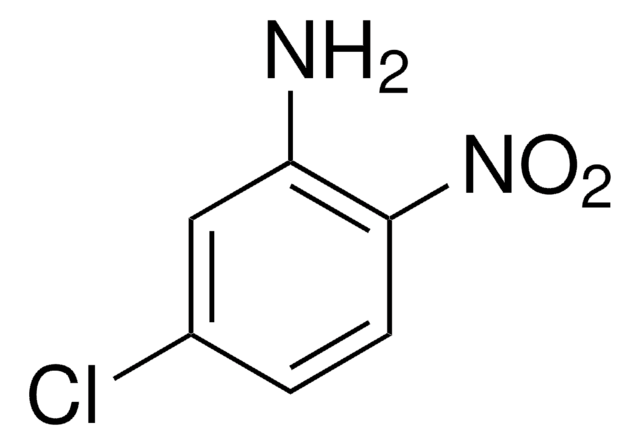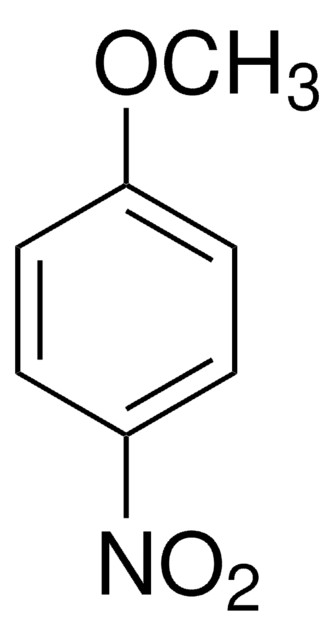All Photos(2)
About This Item
Linear Formula:
(O2N)2C6H3NH2
CAS Number:
Molecular Weight:
183.12
Beilstein/REAXYS Number:
982999
EC Number:
MDL number:
UNSPSC Code:
12352100
PubChem Substance ID:
NACRES:
NA.22
Recommended Products
assay
98%
contains
≤15% water
mp
176-178 °C (lit.)
SMILES string
Nc1ccc(cc1[N+]([O-])=O)[N+]([O-])=O
InChI
1S/C6H5N3O4/c7-5-2-1-4(8(10)11)3-6(5)9(12)13/h1-3H,7H2
InChI key
LXQOQPGNCGEELI-UHFFFAOYSA-N
Looking for similar products? Visit Product Comparison Guide
Related Categories
signalword
Danger
Hazard Classifications
Acute Tox. 1 Dermal - Acute Tox. 2 Inhalation - Acute Tox. 2 Oral - Aquatic Chronic 2 - STOT RE 2
Storage Class
6.1A - Combustible acute toxic Cat. 1 and 2 / very toxic hazardous materials
wgk_germany
WGK 3
flash_point_f
435.2 °F - closed cup
flash_point_c
224 °C - closed cup
Choose from one of the most recent versions:
Already Own This Product?
Find documentation for the products that you have recently purchased in the Document Library.
Customers Also Viewed
Xiaojia Huang et al.
Journal of chromatography. A, 1216(20), 4354-4360 (2009-04-03)
A simple and sensitive method for the determination of polar aromatic amines (PAAs) was developed using stir bar sorptive extraction (SBSE) coupling to high-performance liquid chromatography. A hydrophilic poly(vinylimidazole-divinylbenzene) (VIDB) monolithic material was prepared and acted as SBSE coating. The
[Establishment of the MPEL for 2,4-dinitroaniline in water by an experimental computational method].
N Ia Mikhaĭlovskiĭ et al.
Gigiena i sanitariia, (10)(10), 15-18 (1982-10-01)
P Gettins et al.
The Biochemical journal, 197(1), 119-125 (1981-07-01)
Pre-resonance Raman spectroscopy was used to study the interactions of the nitro groups of dinitrophenyl haptens with three dinitrophenyl-binding antibody fragments: M315 Fv, M460 Fab' and X25 Fab'. The observed changes in frequency of modes associated with the nitro moieties
T Azuma et al.
Biochemistry, 27(16), 6116-6120 (1988-08-09)
The interaction of M315 with 2,4-dinitrophenyl haptens was studied. 2,4-Dinitroaniline (DNP-NH2) showed maximum affinity to M315 at about pH 4. The pH dependence of the association constant of DNP-NH2 to M315 showed three transitions at pH 4.7, at pH 7.2
B Striepen et al.
The Journal of cell biology, 151(7), 1423-1434 (2001-01-03)
Apicomplexan parasites harbor a single nonphotosynthetic plastid, the apicoplast, which is essential for parasite survival. Exploiting Toxoplasma gondii as an accessible system for cell biological analysis and molecular genetic manipulation, we have studied how these parasites ensure that the plastid
Our team of scientists has experience in all areas of research including Life Science, Material Science, Chemical Synthesis, Chromatography, Analytical and many others.
Contact Technical Service













